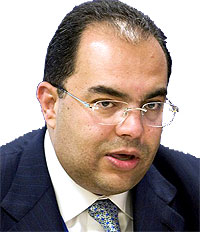Measuring inclusive growth
When the Millennium Development Goals (MDG) deadline expires next year, the world will be able to point to several important achievements since their launch in 2000.

Mahmoud Mohieldin
